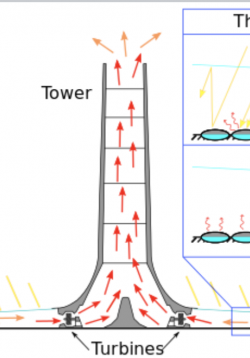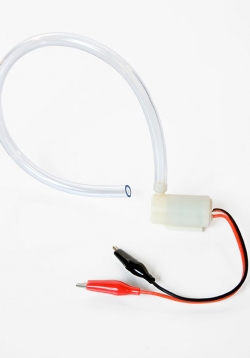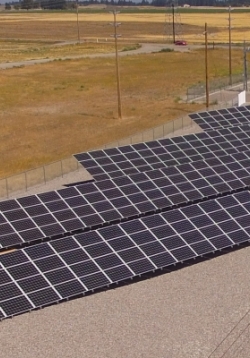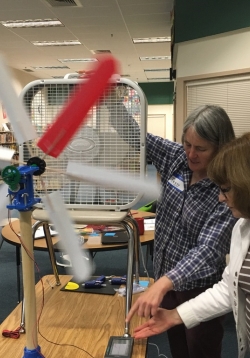Learning About Solar Updraft Towers
This lesson helps students learn about solar updraft towers being planned and built around the world to help solve the energy crisis by using unlimited power from the sun. This will provide real world context to the engineering challenge they engaged in...






